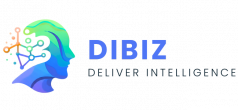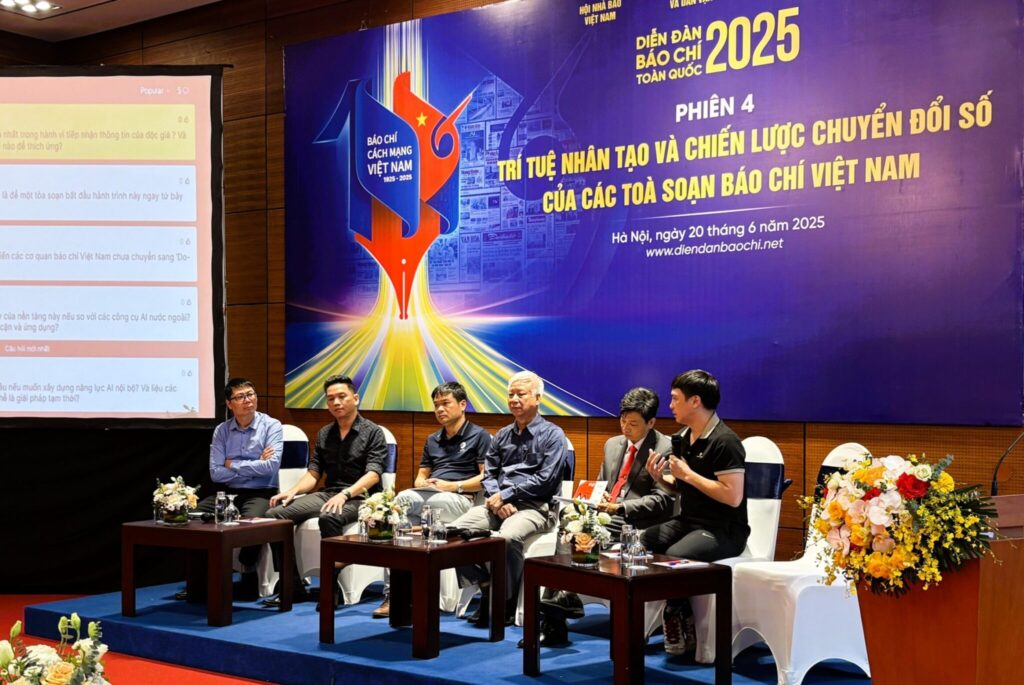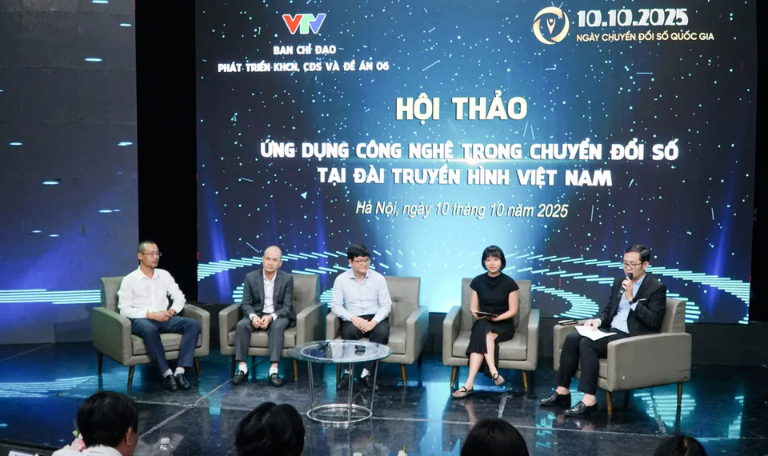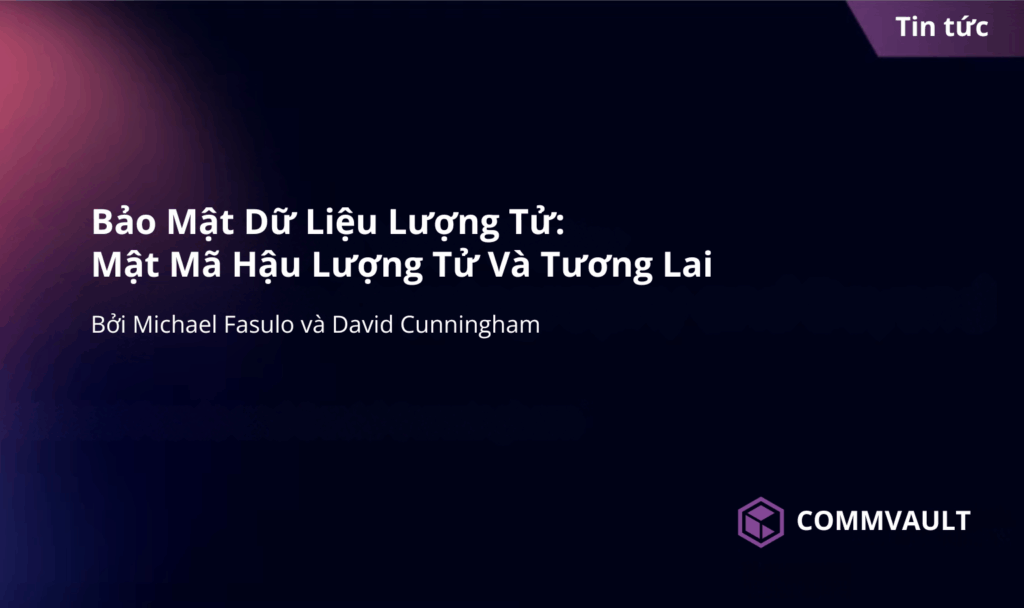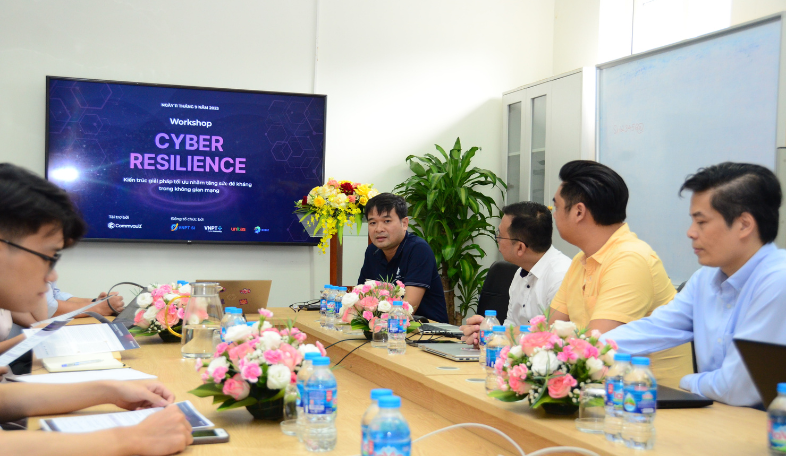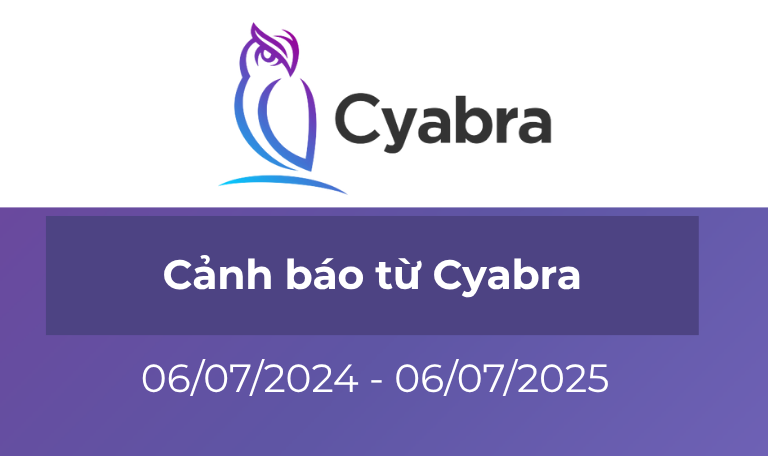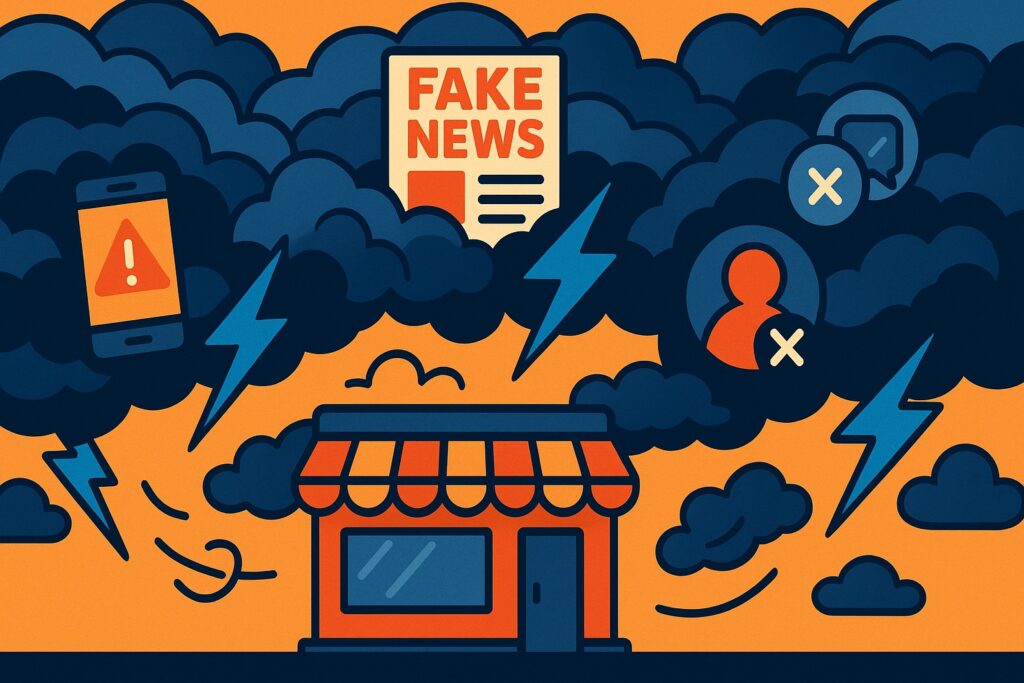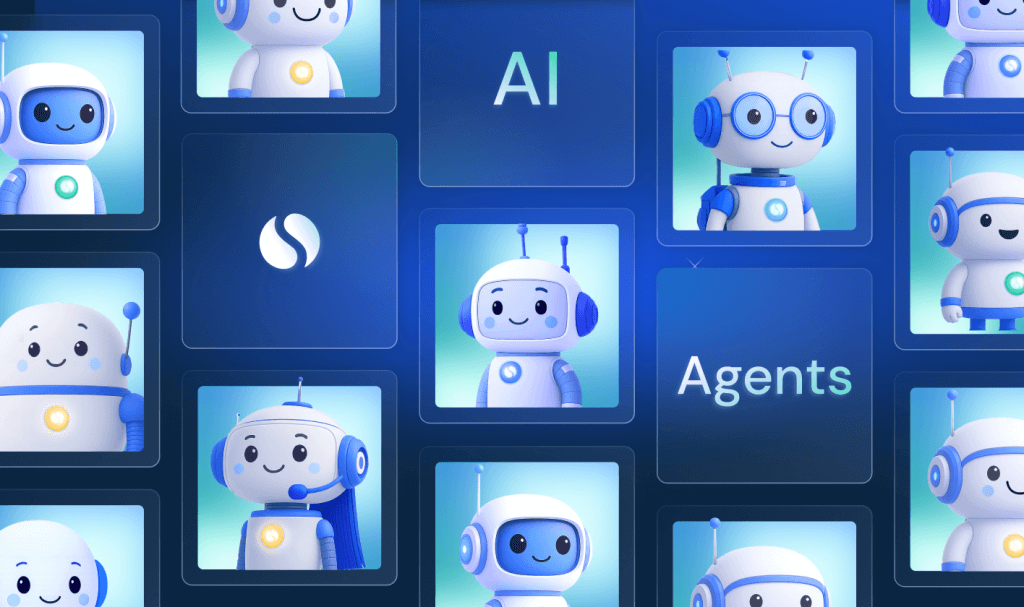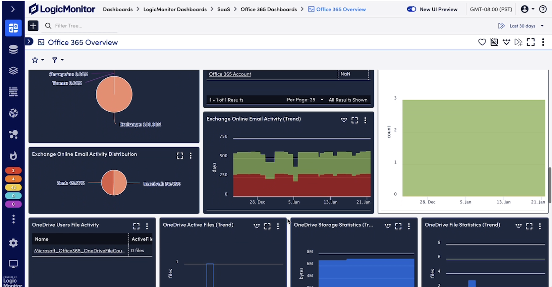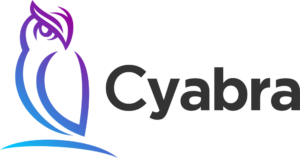Artificial intelligence is no longer a distant concept but a “double-edged sword.” While this technology offers immense potential to revolutionize content production and distribution processes, it also poses serious challenges related to disinformation, brand reputation, and the core value of truth.
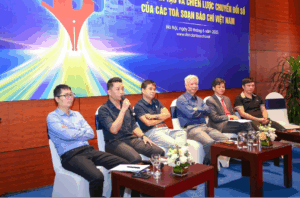
AI and Journalism: Confronting the Challenge of Disinformation and the “Dead Internet”
The severity of disinformation is underscored by Gartner, which listed “Disinformation Security” as one of the top 10 strategic technology trends for 2025. The fight against fake news has evolved from a technical task into a strategic security pillar.
The Threat of Disinformation and the “Dead Internet Theory”
The “Dead Internet Theory” paints an alarming picture: an internet dominated by content generated by AI and bots. It is predicted that by 2026, 90% of online content will be automated. This could push users into a chaotic sea of real and fake information, eroding trust in the digital space.
As AI and journalism intersect, distinguishing between these two concepts is crucial:
- Misinformation: False information spread without malicious intent.
- Disinformation: Deliberately false information created to manipulate and cause harm to politics, aconomy, and society. This is the direct threat newsrooms must confront.
In Vietnam, sophisticated campaigns involving brand impersonation and fraudulent appeals are on the rise, not only causing economic damage but also threatening the guiding role of mainstream journalism.
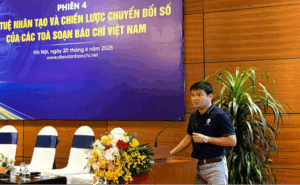
Technological Solutions Against Disinformation
To counter this, technological solutions like Cyabra are proving highly effective. This tool helps to:
- Distinguish between real accounts and bots.
- Trace the origins of disinformation campaigns.
- Detect AI-manipulated content.
Cyabra’s success in various countries demonstrates that equipping newsrooms with protective technology is no longer an option, but a necessity.
Content Security and Copyright: A Survival Challenge in the Era of AI and Journalism
Alongside the fight against disinformation is the challenge of content security and copyright protection. According to MUSO, copyright piracy caused over $28 billion in global losses in 2022 alone. Generative AI further complicates this issue.
However, a worrying trend is the decline in investment for content security, often due to difficulties in measuring ROI and conflicts of interest. To address this, newsrooms must shift their mindset: viewing investment in content protection not as a cost, but as a long-term value-creation strategy. Technologies like AI-Powered Watermarking and Multi-DRM are essential tools for protecting a newsroom’s digital assets.
The VAICP Framework: A Practical Digital Transformation Roadmap for Vietnamese Journalism
To effectively integrate AI and journalism, newsrooms need a clear roadmap. The VAICP framework, proposed by expert Dao Trung Thanh, is considered a highly practical model for the Vietnamese context.
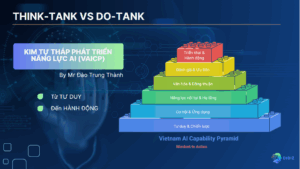
The VAICP framework is built on five core pillars:
- Vision & Strategy
- Assets (People, Culture)
- Implementation & Governance
- Core Technology & Security
- Process (Production, Moderation)
Evaluating themselves against the VAICP framework allows newsrooms to identify their current standing and build an effective action plan. Organizations can use the VSTAR platform (at vstar.ai.vn) to assess their AI readiness.
From Idea to Action: Organizing the AI Strategy Implementation
After establishing a roadmap, professional implementation is key to success. Proven methods like the AI-VIO model (defining roles) and the CRAFT loop (for continuous improvement) help ensure effective coordination and bring the AI and journalism strategy to life.
Conclusion and Recommendations for the Future of AI and Journalism
The AI era presents both an existential challenge and a historic opportunity for Vietnamese journalism. To survive and thrive, newsrooms must take decisive action.
Recommended Actions:
- Prioritize Technology: Proactively invest in advanced solutions for information and content security.
- Shift Investment Mindset: View security and copyright as value-creating assets, not expenses.
- Adopt Standardized Models: Implement assessment frameworks like VAICP to build a structured roadmap and foster continuous innovation.
The race in the era of AI and journalism is a marathon, not a sprint. The newsrooms with a smart strategy, a sound roadmap, and the capacity for innovation will successfully uphold their role as a beacon of truth in a volatile digital world.
